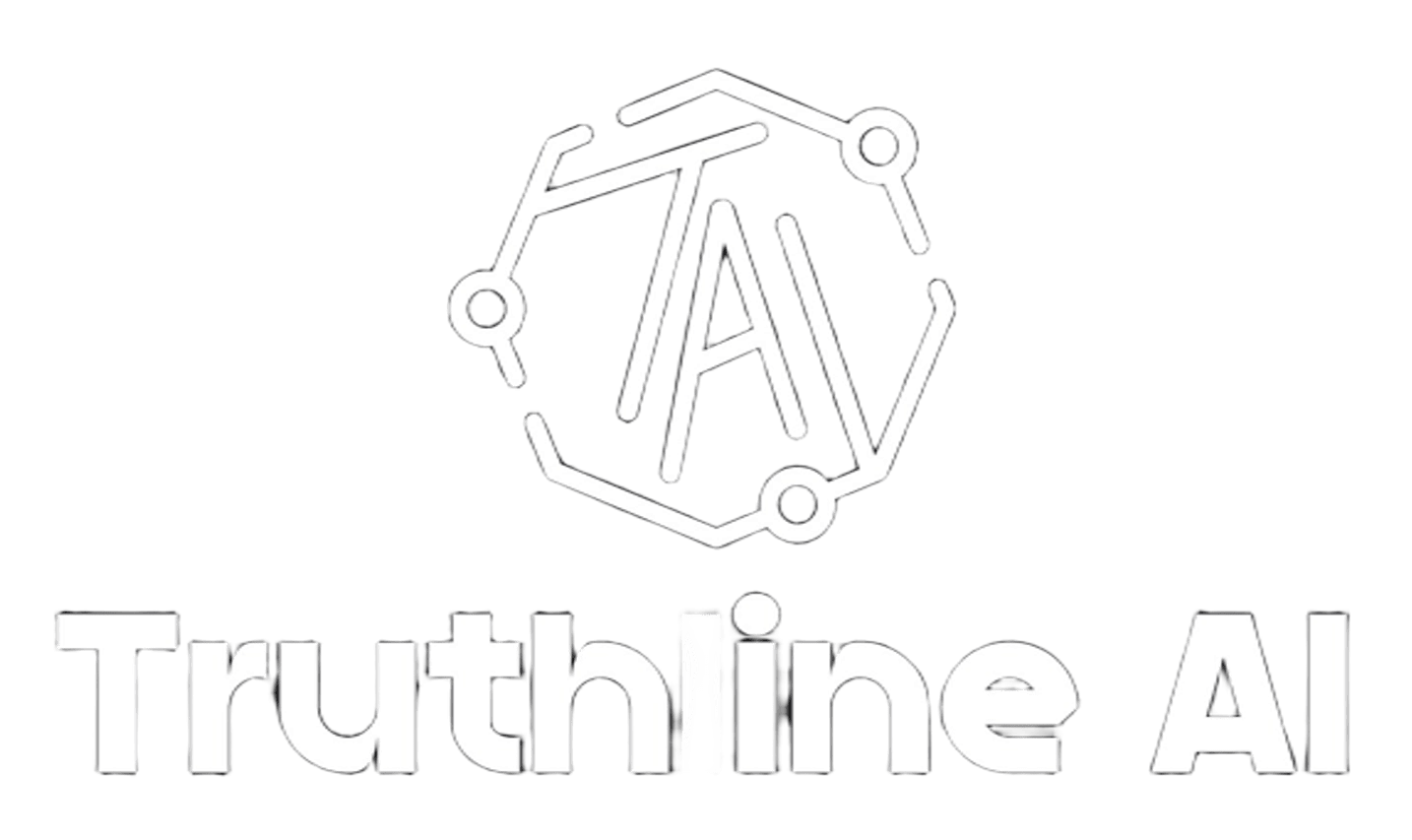Analysis of The Standard Newspaper -July 28,2025
Tone
The tone across the pages is predominantly critical and urgent, highlighting systemic failures, human rights abuses, and governance issues. There is a sense of advocacy, especially in reporting on activist torture, police brutality, and election violence, which conveys a demand for accountability. However, some sections, such as education reforms and UN aid efforts, adopt a more neutral or hopeful tone, balancing the overall narrative.
Track
The coverage tracks recurring themes of government failures, human rights violations, and social injustices, suggesting a focus on holding power to account. It also follows emerging issues like climate governance, labor disputes, and public health concerns, reflecting a broad but interconnected news agenda. The inclusion of sports and regional developments provides slight diversification but remains secondary to the dominant political and social critiques.
Framing
Stories are often framed through a lens of crisis and neglect portraying the government as ineffective (fuel prices, corruption) or oppressive (abductions, police brutality). The framing of corporate exploitation (tobacco targeting youth) and international accountability (climate rulings, IMF demands) positions external actors as either threats or enforcers of justice. Meanwhile, softer issues like marriage trends and education reforms are framed with less urgency, offering contrast but still tying into broader societal challenges.
Editorial Agenda
The editorial agenda prioritizes exposing wrongdoing, advocating for reforms, and amplifying marginalized voices (activists, informal settlers, labor victims). It leans toward scrutinizing the Ruto administration’s shortcomings while promoting transparency in governance and corporate accountability. The selection of stories suggests a commitment to social justice, though with occasional nods to development progress (education, sports) to avoid a purely negative narrative.
Conclusion
The coverage collectively paints a picture of a nation grappling with deep-seated governance and human rights challenges, urging immediate action. While critical of leadership, it also highlights resilience, from activists to urban women, offering a nuanced view of Kenya’s struggles and strengths. The mix of condemnation and cautious optimism reflects a press that seeks to inform, advocate, and provoke change.
